Hawaii's beaches can be dangerous, but it also has treacherous roads, like this highway, which has been referred to as one of the most dangerous in the world.
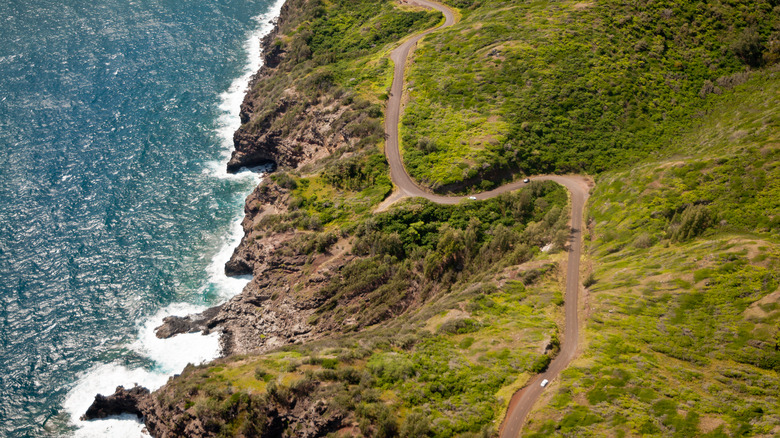




Barcelona’s cocktail scene is one of the best in the world and the city is home to countless award-winning...
The post Barcelona’s award-winning cocktail bars appeared first on A Luxury Travel Blog.
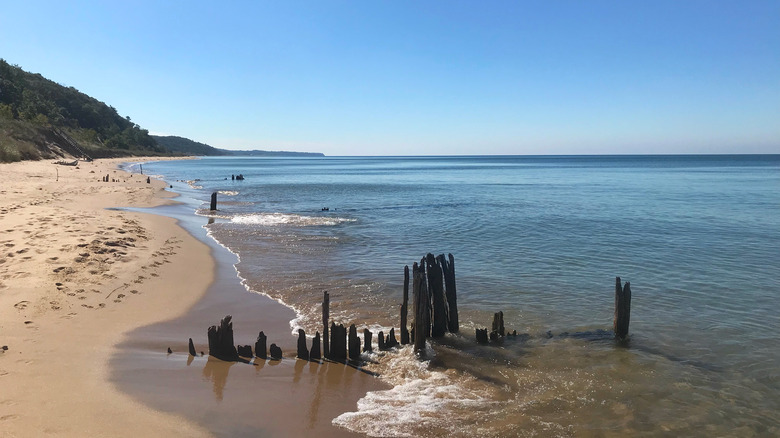
![]()

 Moel Famau, the highest point of the Clwydian Range of Hills in North Wales as well as the county of Flintshire. Standing at 554m (1818ft) in height above sea level it is a relatively straightforward...
Moel Famau, the highest point of the Clwydian Range of Hills in North Wales as well as the county of Flintshire. Standing at 554m (1818ft) in height above sea level it is a relatively straightforward...Whether you choose the mist shrouded depths of Taman Negara, the pristine allure of the Perhentian Islands, or the...
The post The rainforests, islands and beaches of Malaysia appeared first on A Luxury Travel Blog.
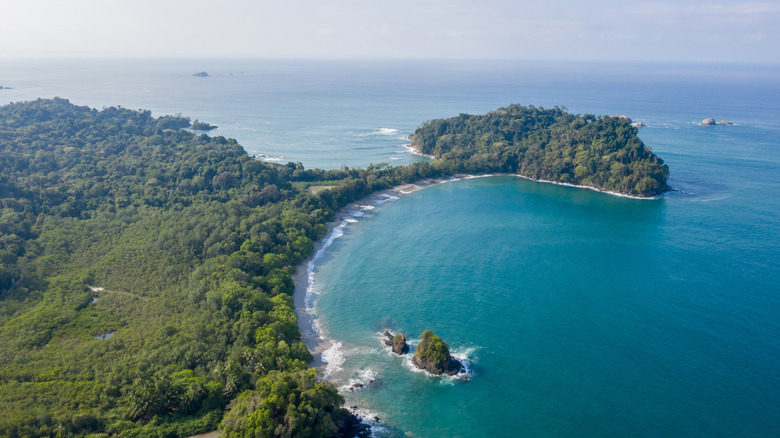
The capital city of Croatia is a lively, historic, vibrant, and fun place to spend some time. If you’re thinking of living in Zagreb, get ready for an experience like no other; this place is full of things to see and do, and you’ll probably never want to leave. I know I didn’t.
In January 2021, Croatia’s digital nomad visa opened the doors for more people to spend time in this beautiful country. For me, it’s one of the best places in the world; the scenery, beaches, culture, food, and friendly locals are second to none. But as a digital nomad living in Zagreb, you’ll need to know what to expect before you go.
Handily, I can share my experiences so you can ensure a smooth stay in this beautiful city.
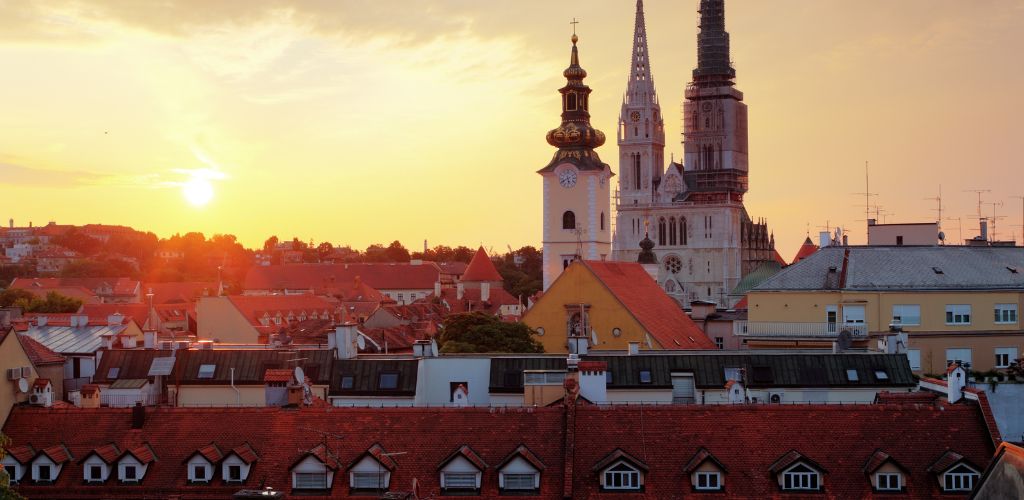
Zagreb is both the capital and largest city in Croatia. It’s located in the north of the country, not far from the border with Slovenia. It’s a very pretty city too, standing on the banks of the Sava River, with the huge Medvednica mountain looming in the near distance.
If you’re a history lover, you’re sure to enjoy the city’s rich Roman past. There are countless ruins around the city, including the Roman Andautonia, and Zagreb as a whole is packed with historical nods, as the whole city came to be in 1134.
But it’s not all history. Zagreb is packed with modern-day fun too, including nightlife, gastronomy, shopping, and art. The surrounding area is also full of must-visit places, with hiking trails in the Medvednica mountain and Veternica Cave, packed with archaeological wonders.

For me, the great thing about life in Zagreb is that it’s more authentic than many other parts of the country. If you go to a beach destination, like Split or Dubrovnik, sure, you’ll see local life, but not like you can in Zagreb. I felt welcomed by the locals in the capital city, and by the end of my time there, I really felt like I’d experienced the real Croatia.
Zagreb is a great spot for digital nomads. I never had any issues with the WiFi, I met countless other remote workers and found many coworking spaces and cafes to work from.
There’s plenty to see and do in and around the city too. Your days off will never be boring, and as far as food goes, you’ll have an incredible choice available to you.

When thinking about living in Zagreb as a digital nomad, or anywhere new, one of your first concerns is likely safety. The good news is that Zagreb is a safe city. I never once felt unnerved or unsafe during my time there, even at night. That being said, this is a capital city, so it’s advisable to always use your common sense, especially in crowded areas.
Along with usual precautions when visiting any new destination, watch your bag in the city center, as there will always be opportunistic pickpockets from time to time. Other than that, Zagreb is pretty safe all around, and as far as capitals go, I felt very secure here.
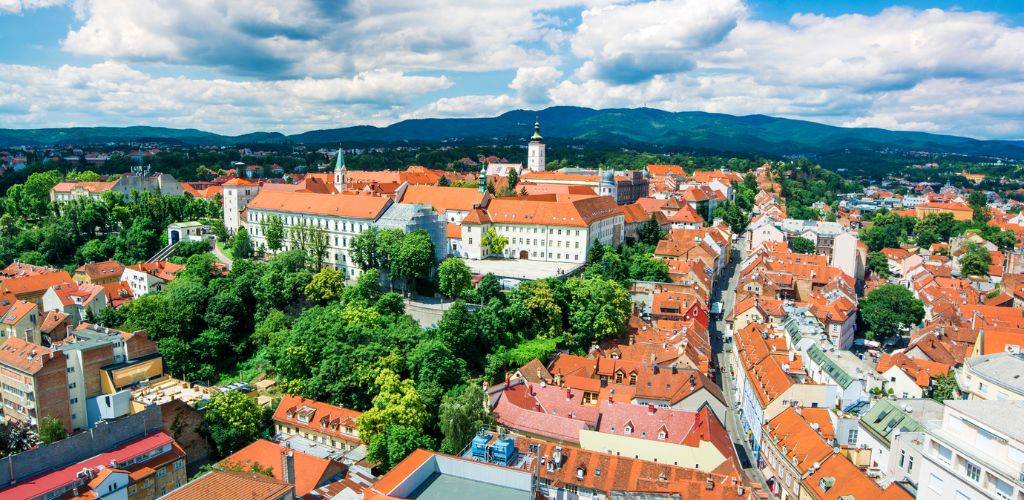
When living in Zagreb, it’s important to choose the right neighborhood. Not only does this mean you’re more likely to have a better time because you’re close to what you want to see, but you’ll save cash too. Here are my recommendations.
I think the Donji Grad area is a great spot for digital nomads and I stayed here myself. This is in the central part of the city, so you’re close to everything, including cafes and coworking spots. It’s also a great place for meeting other remote workers.
However, it’s not all hustle and bustle as there are some great parks to relax in during the summer months. The rent prices here are pretty average too, considering it’s such a central area.

Gornji Grad is the upper part of the city center, and this is another great area for remote workers. There’s a very lively digital nomad community around this area, meaning that it’s great for networking and meeting other like-minded people.
If you’re a Zagreb digital nomad who’s into history, staying here puts you right in the heart of it. This is the medieval part of the city, so you’ll find beautiful architecture everywhere you look. Despite its history, there’s still plenty of modern-day fun to be had with countless cafes, bars, restaurants, and shopping opportunities.
If you prefer a bit more peace and quiet, Maksimir is a good choice. You’ll find a huge park here—the largest in the city—and plenty of cafes.
Maksimir has a more laid-back feel, in my opinion, but it’s also home to the city’s football stadium so it can get a little loud during home games. You could say that Maksimir is more suburban, but it’s still within very easy reach of the city center.

If you’re working remotely in Zagreb and are looking for a more luxurious place to stay, Šalata is worth considering. Here, you’ll find large houses, apartments, and even villas. However, you will pay more for rent in this area.
If you have the budget, I’d recommend this neighborhood to anyone who enjoys art and music. There’s a thriving arts scene in this area and regular festivals and events are held throughout the summer months.

The biggest hurdle for digital nomads, wherever in the world you are, is finding accommodation to suit your needs and budget. Here are my top picks on where to find a place to stay in Zagreb.
1. Airbnb: There’s a range of great accommodations available on Airbnb, and many places accept long-term stays. I stayed in an apartment for a month this way, and I managed to save on the regular price of rent across the city. The only downside is if you want to stay in the city center—Airbnb listings tend to be more suburban.
2. Booking.com: You’ll find a large range of hostels, hotels, and serviced accommodation at good prices on booking.com. When I first arrived in Zagreb, I stayed in a hostel I booked through this site, and I was very happy with my choice.
3. Enquire at coworking spaces: If you inquire with other remote workers and staff at coworking spaces, you may find someone who needs a roommate. It’s not unusual to find ads pinned on the walls, so keep your eyes peeled.
4. Facebook groups: Head over to Facebook and look at digital nomad groups in Zagreb. There are several available, and you can look for ads there. Of course, you can also inquire about sharing opportunities and ask for advice from people already there.

I found the cost of living in Zagreb to be a little lower than in other major European capitals. If you’re being paid in a foreign currency, e.g. dollars, however, you’ll find that your money does go slightly further. To help you budget, here are some approximate costs.

If you eat at restaurants that are aimed toward tourists, you can expect to pay a lot more. For instance, you’re looking at around €12-€15/$13-$17 for a chicken/pizza style meal, yet you can go to a local restaurant and eat traditional food for around €8/$9. The good news is that coffee is pretty cheap; you can get a good-quality cappuccino for around €1.80/$2.
It’s a good idea to cook at home as this will undoubtedly save you cash. You can pick up a kilo of chicken breasts for around €8/$9, beef for around €12/$13, and fresh produce is very cheap, usually around €1-€2/$1.10-$2.20 per kilo. With all of that, you can cook meals that will last for a few days.
As far as life in Zagreb goes, I found accommodation to be my largest expense. For that reason, shop around before you commit to anything, especially in terms of neighborhood.
On average, a one-bedroom apartment in the city center will cost around €530/$580 per month, with utilities on top, depending on how much you use. I would estimate an average amount for monthly utilities to be around €200/$218.

The good news is that getting around Zagreb is easy and cheap. A one-way ticket on any form of public transport will cost you around €0.60/$0.65. However Zagreb isn’t a huge, sprawling city, and I found it pretty easy to walk to most places, thanks to staying relatively centrally.
You can take buses, trams, taxis, Ubers, and the funicular railway to the Upper Town, all of which run regularly. However, it’s worth remembering that taxis and Uber are the most expensive options. I only used these when I was out late at night and it was a safer choice.
I bought a SIM card from Hrvatski Telekom, also known as Simpa, and this lasted for the duration of my stay. The card cost €3/$3.30, and I simply topped it up with the amount of credit I wanted. I only needed my passport and I just went into one of the stores, where the friendly assistant set it all up for me.
Alternatively, you can use A1, Telemach Croatia, or Tomato, all of which have a similar setup process. An eSIM is another option, and Airalo is widely used across Croatia, with good connectivity.


If you’re considering working remotely in Zagreb, the internet quality is likely to be your biggest concern. The good news is that I never had an issue with the WiFi and I found it to be high quality. According to Speedtest, Zagreb’s average upload and download speeds are 46.99 Mbps and 111.79 Mbps respectively.
If you’re someone who enjoys working from coworking spaces, you’ll find plenty across the city. Here are some high-quality options:
Impact Hub is one of the most popular coworking spots in Zagreb, and I worked from here several times. You might have worked in another branch across Europe, and their offices are generally standardized. The Zagreb office is very sleek and modern and has extremely comfortable chairs.
I found the internet here to be excellent, and it has such a welcoming atmosphere inside. I met many other remote workers here, so it’s great for networking and socializing.

Hub 385 is another top coworking space in central Zagreb. You can sign up for a monthly membership package if you intend to use the space a lot, or you can book a day space and use one of the hot desks. If you do this, it’s best to call ahead as they do get quite busy.
This coworking space has regular events throughout the week so you can meet other people easily. It has a comfortable feel, and there’s free tea and coffee throughout the day, as well as a kitchen area for preparing meals.
I worked from this coworking space a few times and I found Regus to be a top choice. It has a very modern and sleek vibe, and the day prices are pretty reasonable, at €6.70/7.35 per day. Within that, you get free tea, coffee, and water.
The internet is very fast and reliable here; I did several video calls and had no issues. The office is really bright, and the seating is super comfortable, setting you up for a productive day.

Although I like coworking spaces occasionally, I do prefer to work from cafes. Thankfully, there are many excellent options in Zagreb – here are my top picks:

The great thing about being a digital nomad in Zagreb is that there’s plenty to see and do once you’ve finished work for the day or on a hard-earned day off. I never found myself feeling bored during my time as a nomad in Zagreb. Here are some of my favorite spots in the city:
Both the upper and lower parts of the city are worth exploring, and they can be done on foot. The winding, cobbled streets are filled with architectural wonders and small boutiques. I stumbled upon many cute cafes around this area too.
I’d suggest you take a walking tour to get the most out of your time. These tours only last around 2.5 hours so it’s perfect for fitting into a regular work day. With the help of an experienced guide, you’ll learn more about the history and appreciate where you’re living a whole lot more.

Dolac Market is the ideal place to get your fresh fruit and vegetables as well as all manner of other delicious produce, including freshly caught fish. If you want a taste of authentic Croatian life, this is the place to go! It’s a great place to meet friendly locals and keep costs down on food expenditure too.
I’d recommend going early in the morning if you can, as this is when you’ll grab the freshest fare. It can get very busy here with locals filling up their pantries, but just take your time and soak up the atmosphere. The vendors will also let you try things if you ask, so don’t be afraid to go for it.
The central point of the city is Zagreb Cathedral, and it’s well worth a visit just to check out the beautiful architecture. You can see the steeple of the cathedral from most parts of the city, and it’s the icon of Zagreb overall.
You can, of course, go inside the cathedral, especially during services and mass. The inside is just as impressive as the outside, if not more so. Be mindful when taking photographs; it’s best to avoid doing so when services are in progress, but outside of that time, you can take photos of the interior.
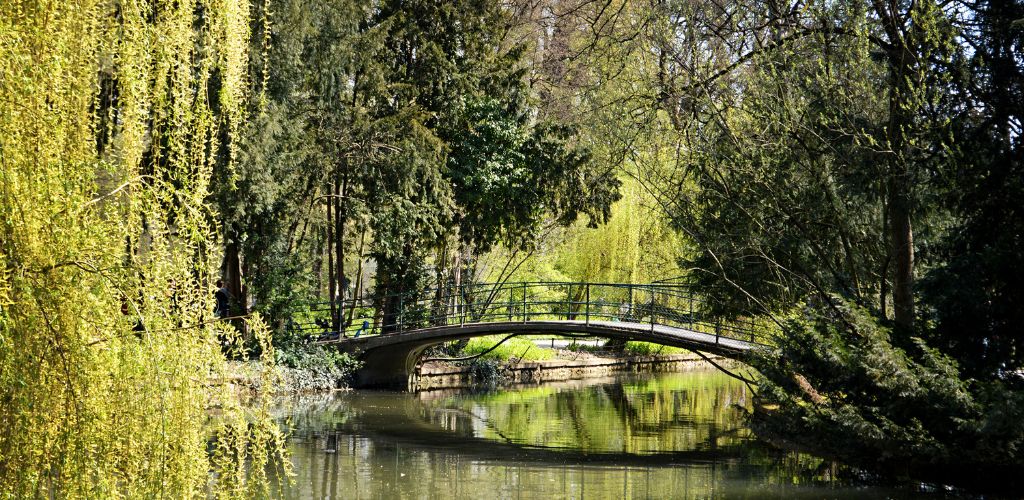
The beautiful Maksimir Park is the oldest public park in the city, and it’s a wonderful place for a stroll no matter what the time of year. During the summer months, you’ll see families enjoying a picnic and children playing. However, my favorite time to visit this park is during the winter, when there is a cozy and almost Narnia-like feel.
You could even take your laptop and sit under a shady tree if you wanted a scenic place to get some work done. I did this a couple of times and although the old ‘glare on the screen’ problem was annoying, it was a really nice place to spend a couple of hours.
I wasn’t sure what to expect from this museum, especially since the name sounds rather depressing, but it’s one of my favorite places in Zagreb. The Museum of Broken Relationships tells the story of love stories gone wrong but with plenty of emotion and background information.
It’s a great spot to go on a leisurely day off, and it’s certainly one of the more unique things to do in and around the capital. I’d recommend you spend 1-2 hours here, so if it’s raining or particularly cold, this is the ideal activity to break up your day.
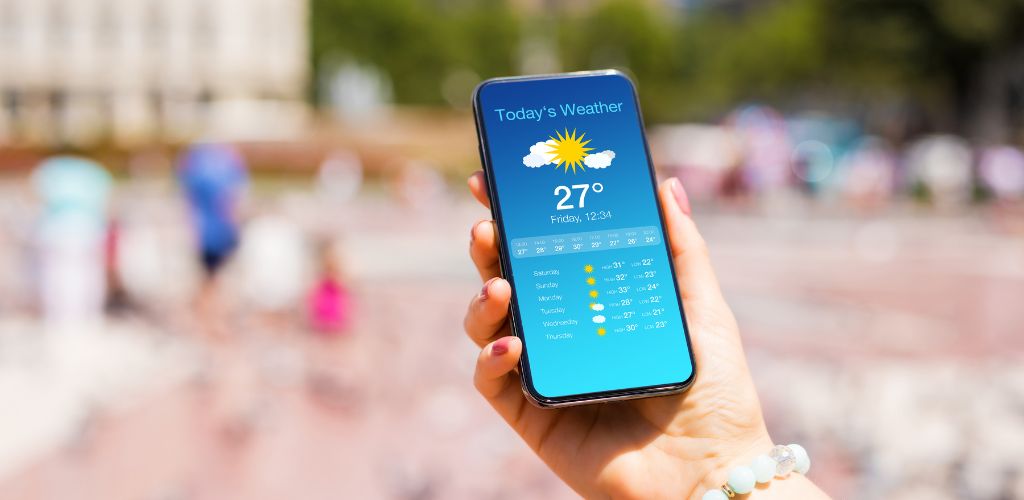
Living in Zagreb as a digital nomad means you’re open to the elements depending upon when you go. Located in the northwest of the country, Zagreb has four distinct seasons, and my favorite times are spring and autumn when you can really feel the change of weather in the air.
During the summer months, Zagreb experiences an average high of 28C/82F in July, which is the hottest month. However, Zagreb still experiences rain in the summer months, with July experiencing an average of 104.3mm. November is the rainiest month at 117.9mm, and it is likely to snow between November and February.
The winter can see nighttime temperatures as low as -2C/28F in January, however, the spring months arrive in May when the average is around 20C/50F. At this time, many people head off to the coastal areas for the summer season but don’t assume that’s the only way—Zagreb is a beautiful place in summer and tends to be a little cooler than towns and cities on the coast.
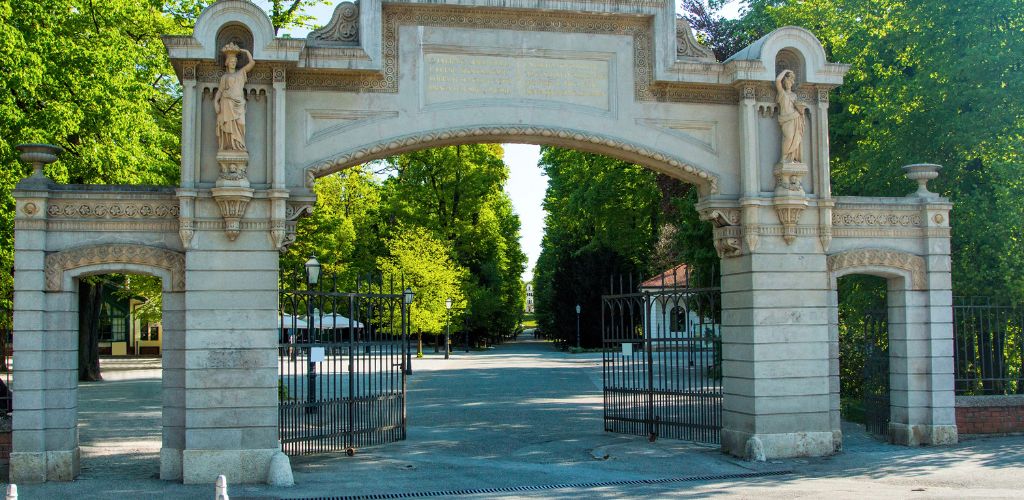
Before you become a Zagreb digital nomad, it’s important to consider both sides of the coin. Although I believe that the pros far outweigh the cons, every single destination in the world has upsides and downsides, and Zagreb is no different.
SEE ALSO: 15 Pros and Cons of Living in Croatia
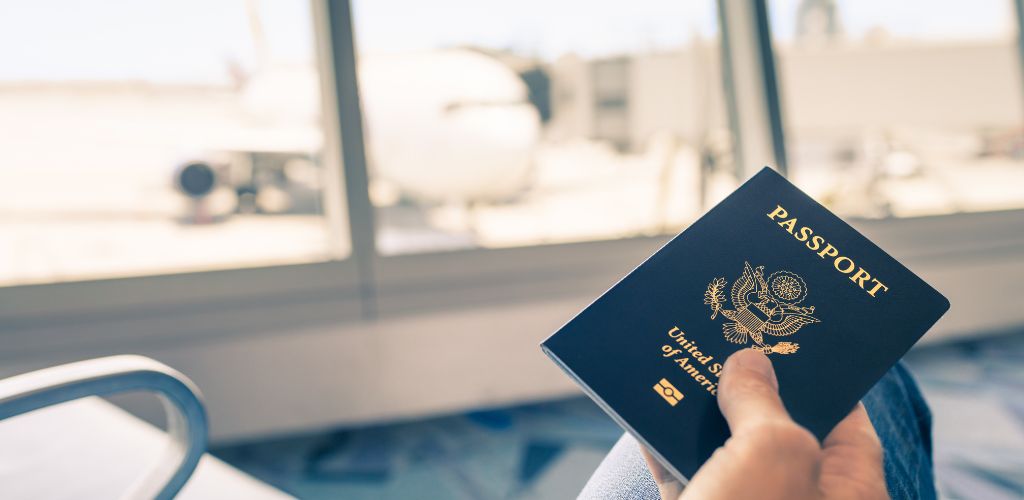
Living in Zagreb has become a lot easier thanks to the Croatian digital nomad visa, which was introduced in 2021. This visa is open to third-country freelancers and business owners for up to one year, and during this time, you’re not required to pay tax in Croatia; you simply continue paying where you’re registered.
The only downside is that you cannot renew this visa, so after one year, you have to leave. The good news is that you can reapply six months after your old visa expires. Click here for all required documentation.
You can apply for the visa before you arrive in Croatia or once you arrive. If you do this, you’ll need a visa to enter the country. Croatia is in the Schengen zone, but be sure to check the entry requirements for your country of origin.
This digital nomad guide to Zagreb has given you all the information you need to decide whether the Croatian capital is your next destination. I highly recommend you go; I really enjoyed my time in Zagreb, and it’s somewhere I’d love to return to.
You can also use Zagreb as a winter destination and then visit the coastal areas during the summer. With so much to see and do, Zagreb gives you a comfortable home base, while also showing you the authentic Croatian way of life.
The post Digital Nomad Guide to Living in Zagreb appeared first on Goats On The Road.